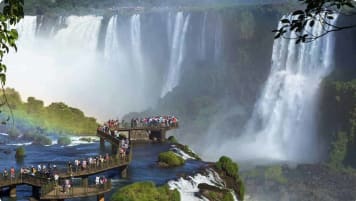Atlantic Triangular Slave Trade
Atlantic Triangular Slave Trade Somewhere between ten million and twelve million enslaved Africans were transported across the Atlantic to the Americas between the middle of fifteenth century and the end of the nineteenth. The largest…
28 May 23 · 8 mins read
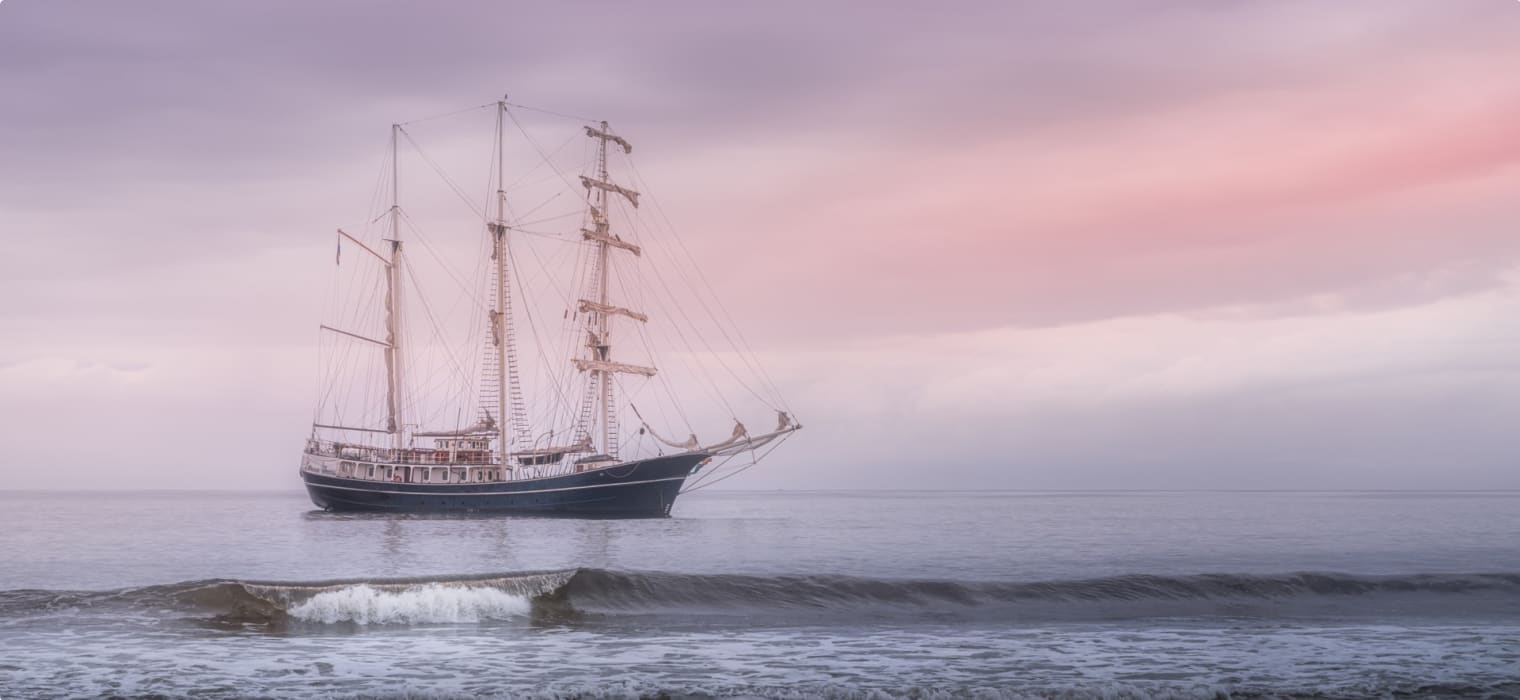
Atlantic Triangular Slave Trade
Somewhere between ten million and twelve million enslaved Africans were transported across the Atlantic to the Americas between the middle of fifteenth century and the end of the nineteenth. The largest long-distance forced movement of people in recorded history, it occurred within a broader system of trade between Europe, Africa, and the Americas – the so-called triangular trade.
The trade was organised so that goods, such as alcohol, clothes, metal goods, beads, guns, and ammunition were taken from Europe to African ports or slave castles in exchange for captured Africans. The African slaves were then shipped across the infamous Middle Passage to slave depots in the Americas and the Caribbean Islands, where they were sold at auction. Then, once the vessels had been emptied and thoroughly cleaned, they were loaded with trade goods from the slave plantations, such as cotton, sugar, coffee, tobacco, molasses, and rum before travelling back to Europe, completing the triangle.
Read on for more detailed history about the triangular trade, intended as background reading for Odyssey Traveller’s tour to West Africa for senior and mature travellers. Much of the information has been sourced from Simon Winchester’s Atlantic: A Vast Ocean of a Million Stories, as well as other sources linked to throughout the article.

The First Leg: Europe to Africa
In the first leg of the Atlantic slave trade, traders from Britain and France took European manufactured goods to Africa in exchange for slaves. British traders departed from ports in Liverpool, Bristol, London, and such smaller west coast ports as Lancaster and Whitehaven. In France, comparable slave ports included Honfleur, le Havre, and the biggest, Nantes.
Fully laden with marketable items as muskets, felt hats, iron knives brass casks, gunpower, cotton, and gun flints, the ships proceeded to West African ports. Most vessels took what the French called la petite route south, sailing via the Canary and the Cape Verde islands before turning inland along the African coast.
The traders first bartered their goods for objects such as iron bars, brass bars, and swatches of cloth to be used as a currency for the buying of slaves. The purchased slaves originated from various ethnic communities across Africa’s interior. Many were taken from a section of the African coast, what are now the countries of Togo, Benin, and Nigeria, then known as the Slave Coast. Many others came from west-central Africa, some transported over 1,000 miles from their homes as captives of slave traders.

Slave Castles
The ships’ captains went either to slave castles to buy officially sanctioned and price-regulated slaves or visited the more competitive upriver slave markets. Slave castles, or slave factories, were permanent trading camps or forts set up by Europeans along the 500km Gold Coast of Ghana in West Africa. They held slaves bought from local African chiefs, who had captured them from rival kingdoms or tribes. The slaves were kept in the castles’ dark, miserable, filthy dungeons until sold to a passing slave ship to be taken across the Atlantic.
Perhaps the most famous of Ghana’s slave castles is the Cape Coast Castle. Originally constructed as a trade fort by the Portuguese in 1555, it later served as a trading centre for gold, ivory and lumber under the Swedes and Danes. It was eventually seized by the British in 1664, and by 1700 had been transformed into a castle to accommodate the developing slave trade.
Up to 1,000 male and 500 female slaves were kept underground in the dank and poorly ventilated dungeons of Cape Coast Castle, shackled to the floor, surrounded by human waste. Prisoners who revolted or were considered rebellious were kept in small pitch-black confinement cells.
Cape Coast Castle also served as the headquarters of the Royal African Company of England. The British government granted this private company the monopoly over the trade in slaves over the entire 2,500-mile Atlantic coastline from the Sahara to Cape Town. The British Governor and other officials lived here in luxurious living quarters, directly juxtaposing the dire conditions of the dungeon cells beneath.

Today, the dauntingly magnificent-looking, pure white building still stands on a cliff top to the west of the capital of Ghana. Having undergone considerable restoration work, it is now a well-visited museum and historical site. Other castles and forts still standing include the Elmina Castle, Fort Christiansburg (or Osu Castle), the Ussher Fort, and Fort James.
The African slaves would spend up to three months detained in the castles’ dungeons, before being led in chains and shackled onto ships to cross the Atlantic to the New World. These experiences were the last memories they had of their homeland.
The Middle Passage
The second leg of the transatlantic slave trade, from Africa to the Americas, was called the Middle Passage. Conditions on these slave ships were notoriously brutal, overcrowded, and unsanitary – so harsh that an estimated 15 to 25 percent of the slaves would die before completing the journey.
For reasons of commercial efficiency, hundreds of the African captives were packed tightly into the ship’s hold, chained together, and stacked like luggage. They were packed into tiers, with a shelf also running round the edge of the hold to provide a second level. Lying in cramped conditions, each enslaved African had less space than a body in a coffin and no more than thirty inches of headroom.
Intolerable heat, rough waters, and the accumulation of faeces, urine and vomit made the conditions in the holds insufferable. Epidemic diseases also spread quickly, while physical, sexual, and psychological abuse at the hands of their captors was also common. Sick slaves were thrown overboard, often covered by the ship’s insurance policy. When someone died in the holds, they weren’t removed until noticed the next morning, lying the night besides those still living.
Security was tight as the slave trader crews feared insurrection, watching and guarding the slaves tightly. Any attempt at insurrection was put down with terrible force. Due to their suspicions, the crew allowed the slaves to go outside on the upper decks for only a few hours each day. Here, they were made to “dance”, whipped into jumping rhythmically – exercise to keep their muscles in tone.
The slaves were few two meals a day, consisting of yams, rice, barley, corn, and ship’s biscuit boiled up together into an unattractive mess. To protect against scurvy, they were made to wash their mouths with lime juice or vinegar to keep them in good physical condition to be sold upon arrival. They were also fed some meat and more calories upon arrival to undoing signs of malnourishment for the same reason to fetch a better price at market.
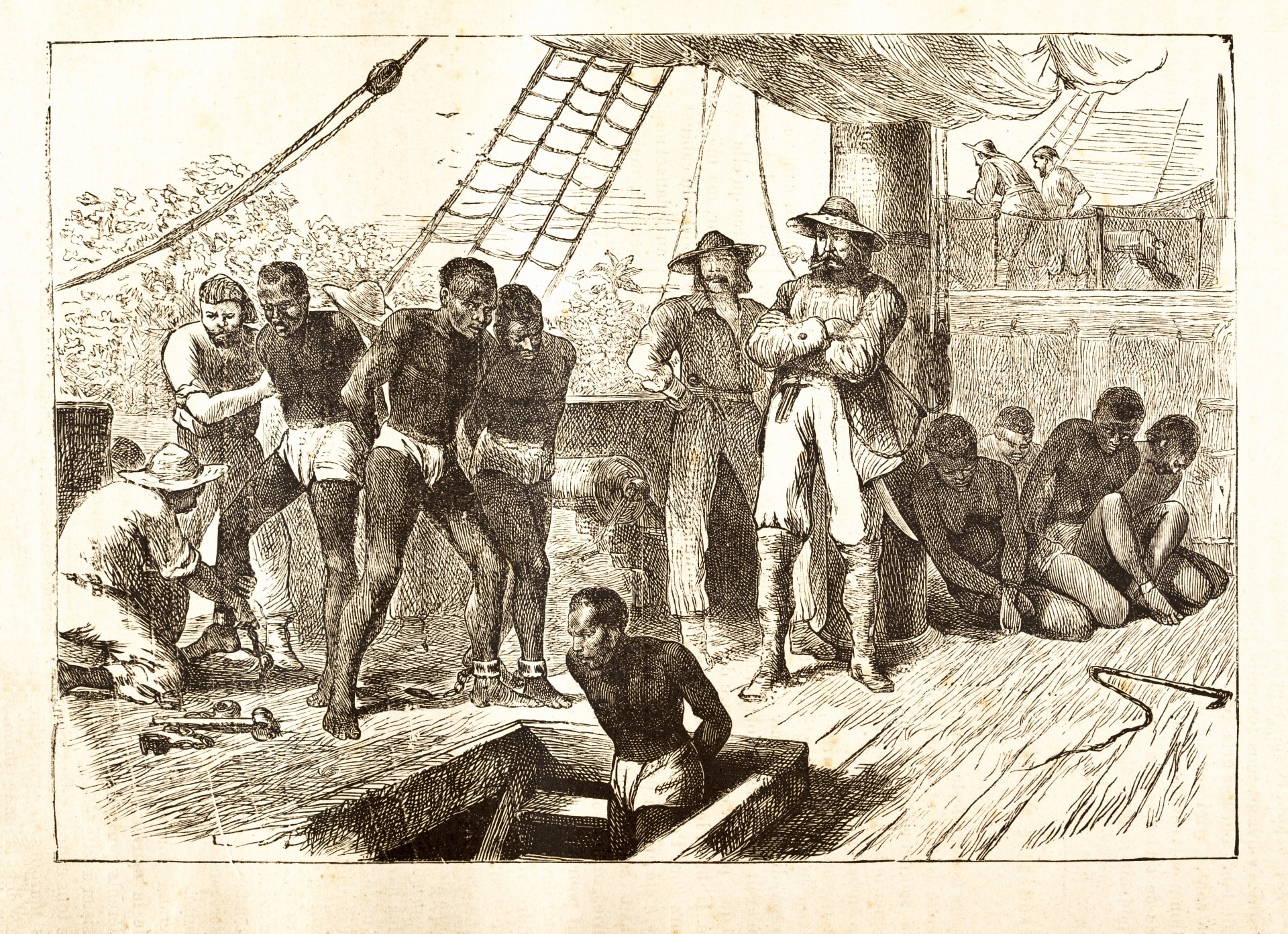
Arrival in America
Some fifty days after leaving West Africa, the coast of the American colonies came into view and the second leg of the triangular voyage came to an end. The slaves were then brought to the shores of the various ports in the Americas to be sold to plantation owners, merchants, small farmers, prosperous tradesmen, and other slave traders.
They were sold typically in public auctions, individually or as a group, to the highest bidder. Other slaves already spoken for under contract were sent to certain island distribution centres in places like Barbados or Jamaica, or one of the mainland slave ports, such as Norfolk or Charlestown, to be further sold into slavery.
Or the slaves could be subject to what is known as the ‘slave scramble’. Here they were kept together enclosed aboard the ship, with buyers paying a certain fixed price for them. At a given signal, all buyers would rush board the ship and feverishly grabbed the enslaved people they wanted. This was a terrifying for the enslaved men and who women, who still in the shackles, had been herded up onto the quarter deck.
Predominately the enslaved Africans were purchased to provide slave labour on plantations, working to produce valuable cash crops, including sugar, cotton and tobacco, which were in high demand in national and international markets. Their labour was also used in domestic service and artisanal trades.
The Return Journey
Once the slaves were sold off the ships, the European merchants would use the money to purchase the crops from the American plantations or the manufactured goods of the settlements. The ships’ decks were fully cleansed with vinegar and lye, and the same shelves on which the Africans had been crammed for the previous weeks were now filled with the products. These products were then sent to the markets and manufactures in Europe, completing the triangle.
The wealth from these products in turn helped to stimulate the economy in Europe, producing the money and products required to buy more slaves in Africa. The slaveholders, meanwhile, expanded their landholdings and purchased more enslaved Americans from the profits they made. As such, the trans-Atlantic trade cycle was perpetuated for many centuries, until its eventual abolition in the nineteenth century.
Odyssey Traveller Triangular Trade Tour of West Africa
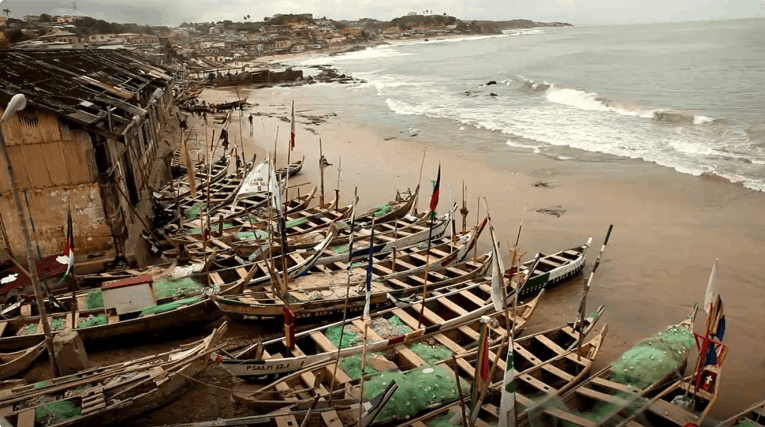
Odyssey Traveller explores the history of the Atlantic triangular slave trade on our tour of the History, Culture and Wildlife of West Africa: Ghana. Togo, and Benin.
This small section of Africa has a fascinating, if often tragic, past. Colonial powers including the Portuguese, French, Germans and British all fought for control of this gateway into the rich African interior. It was from here that enormous numbers of slaves were shipped to Europe and the Americas from the 16th to the 19th century. On our tour we will visit some of the well preserved Slave Castles to witness this infamous part of European history.
The pre-colonial past is also fascinating. With local kingdoms existing here from very early times. Our trip explores the culture and history of several different groups. In Benin, for example, we will visit the mud tower houses of the Batammariba people. We then take time to trace the history of Somba culture in the Natittingou Museum. And a Gelede masked dance ceremony will give us an insight into local traditions dating back to the 15th century.
Ghana, Togo and Benin offer a diverse range of cultures and activities in what is actually quite a small region. There are long, palm fringed, sandy beaches, dense rain forests, teeming cities and exotic wild life parks. These countries all suffer from great poverty, but each is attempting to escape from their economic hardships through a variety of strategies, including increased tourism. Become a part of the solution! Click here to see the itinerary and sign up
You may also click here to see other Odyssey Traveller tours to Africa.
Odyssey Traveller has been serving global travellers since 1983 with educational tours of the history, culture, and architecture of our destinations designed for mature and senior travellers. We specialise in offering small group tours partnering with a local tour guide at each destination to provide a relaxed and comfortable pace and atmosphere that sets us apart from larger tour groups. Tours consist of small groups of between 6 and 12 people and are cost inclusive of all entrances, tipping and majority of meals. For more information, click here, and head to this page to make a booking.
Articles about Africa published by Odyssey Traveller.
- Discover Central and West Africa: Ghana, Togo, Benin, and more
- Portuguese in Africa: The Definitive Guide
- History of South Africa for Senior Travellers
- Continental Crossroads: Discover Morocco
- Madagascar: For the Curious
External articles to assist you on your visit to Africa
Related Tours
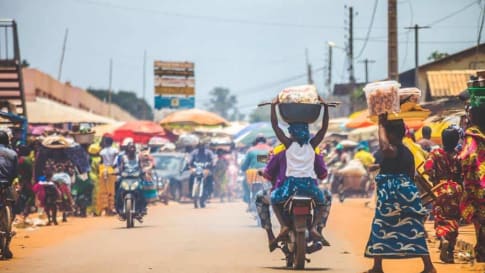
21 days
May, SepExplore the History, Culture & Wildlife of West Africa: Ghana, Togo & Benin
Visiting Benin, Ghana
This small group tour for couples and solo travelers concentrates on the history, culture and wildlife of coastal Central Africa. Meet the friendly local people and come to a greater understanding of just what has made them what they are today.
From A$14,995 AUD
View Tour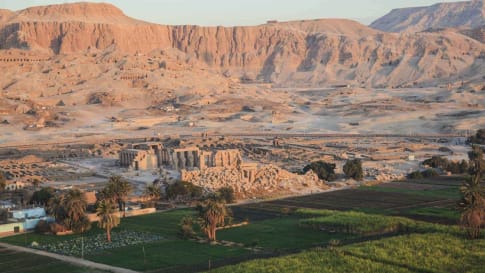
18 days
Jan, NovEgypt tour: escorted small group history & cultural tour of Egypt
Visiting Egypt
Our small group program for senior and mature couples and solo travelers takes us to contemporary feats such as the Aswan Dam and also to current crucibles of the Egyptian experience such as Tahrir Square. Proof, were it needed, that Egypt’s role as the pivot of civilisation is far from ended. There is the opportunity to visit our Morocco, Jordan or Iran tours before embarking on this tour of Egypt.
From A$12,950 AUD
View Tour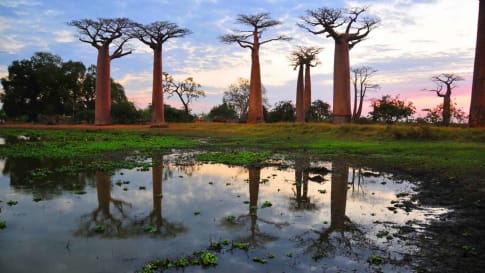
16 days
Apr, Aug, SepMadagascar Small Group Tour | The island of Lemurs & Avenue of Baobabs
Visiting Madagascar
On this small group tour we explore the country’s natural wonders as well as its colonial past. Madagascar has a range of extraordinary plant and animal life which we will have the chance to view in the island’s National Parks and Nature Reserves. While on the tour we will also learn about both the Portuguese and French periods of control.
From A$14,295 AUD
View Tour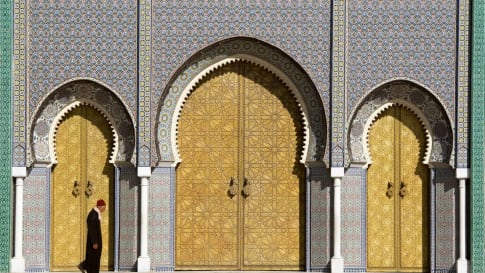
20 days
Apr, Oct, MarMorocco tour for senior travellers
Visiting Morocco
Embark on an unforgettable journey through Morocco: A Gateway to a world of vibrant colors, cultural diversity, and endless wonder. Join our escorted small group tour designed for senior travellers, whether you're a couple or a solo adventurer, and immerse yourself in the captivating allure of Casablanca, Fez, Meknes, Rabat, Marrakech and beyond. Experience the richness of Moroccan traditions and heritage as we explore this enchanting destination.
From A$11,915 AUD
View Tour
10 days
SepNamibia Wildlife and Culture Tour for Seniors
Visiting Namibia
A small group tour for seniors and couples to Southern Africa for couples and solo travellers. Namibia shares borders with Angola and Zambia to the north, Botswana to the east and South Africa to the south and east. Wedged between the Kalahari and the South Atlantic, Namibia is home to the oldest desert of the earth. Despite its parched reputation, Namibia is one of the world’s best wildlife destinations.
From A$11,695 AUD
View Tour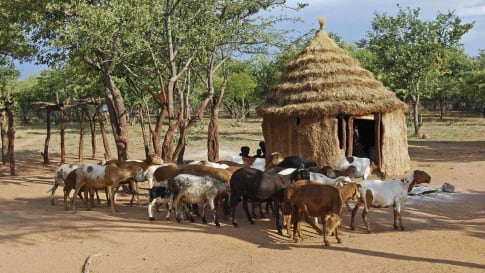
19 days
AugSouthern Africa Tour | Fully Escorted Africa Tour for Seniors
Visiting Botswana, South Africa
Experience as a small group tour for couples and solo travellers, the beautiful landscapes of the Garden route and the unique wildlife at places such as Kruger National Park, Cape Town, Victoria Falls and Chobe Game Reserve. During the program participants will have the opportunity to learn about the culture, the politics and the social issues facing South African people in Soweto and more. How the natural resource managers are caring for their wildlife reserves in the face of land enclosure, climate change and poaching.
From A$12,095 AUD
View Tour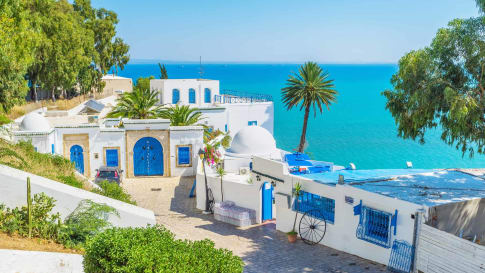
14 days
Apr, Sep, MarTour of Tunisia
Visiting Tunisia
Join Odyssey Traveller on this small group tour of Tunisia in North Africa for couples and solo travellers, where Carthaginian ruins sit side by side with Roman monuments, grand Islamic mosques, Arabic souks and medina, and honeycomb-like Berber cave dwellings and hilltop villages.
From A$10,995 AUD
View Tour
